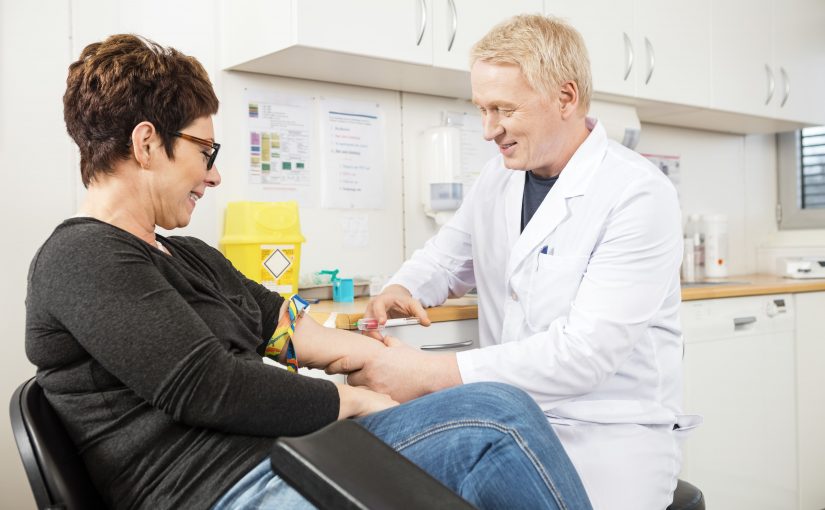Type 2 diabetes is one of the great health challenges of our time, with 1.2 million people currently living with diabetes in Australia, a further 500,000 undiagnosed. The number of people in the world living with diabetes has grown five-fold since 1980.
There are significant health complications that come with diabetes, such as micro vascular damage which can impact the brain, feet and eyes, and macro vascular damage that can seriously impact organs like kidneys and the heart.
In addition to that there are substantial healthcare costs that governments need to consider. In Australia, direct costs are $1.7bn a year, the indirect costs, $14bn.
Avoiding these complications is therefore an absolute health and economic imperative.
According to a report from the Centre for International Economics, detecting diabetes at its early stages can halve medical costs and significantly improve health outcomes.
And if you can pick up on your risk at the prediabetes stage, the opportunity to turn your health around without significant medical complications is significantly enhanced.
So what’s the test and who should take it?
There are two ways to test for diabetes, the measurement of blood sugar levels or the HbA1c test. The HbA1c test is simpler and does not require fasting and unless your doctor finds a reason that the test is not suitable for you it can be used. The HbA1c test takes a snapshot of your blood sugar levels over the last three months.
If you haven’t had an HbA1c diabetes test before, you should speak to your doctor about it if the following apply to you: if you’re over 35 years of age, your waist is over 100cm, you have a family history of type 2 diabetes, blurred vision, are thirsty, or do less than two-and-a-half hours of exercise a week.
The healthy range for HbA1c is less than 6.0% (also expressed as less than 41 mmol/mol) and results of 6.5% (48 mmol/mol) or higher indicates diabetes. Results from 6.1% to 6.4% indicate a higher risk of developing diabetes in the future.

How often should you take the test?
How often you should take an HbA1c test to monitor your glycated haemoglobin levels depends on what category you fell into in the first test, as well as ongoing lifestyle choices which we will be looking at in a future article.
Ideal range
If you scored a range of 6.0% or lower in your test, that’s a good thing and you’re clearly doing something right.
‘A person who has an HbA1c 6.0% or lower is in the expected range for a healthy person and is showing good glucose control,’ says Associate Professor Graham Jones, an Australian Clinical Biochemist and pathologist.
‘That being said, there are several other health factors that impact risk, so you need to keep an eye on those things. Your GP is best to advise you here, but as a rule of thumb it’s worth having the discussion with your doctor every three years.’
Prediabetes range
An HbA1c from 6.1% to 6.4% places you in the “at risk” range. That’s not ideal, but the good news is that you have the opportunity to institute lifestyle changes which can help you avoid progressing to diabetes and the serious medical conditions flowing from diabetes.
‘The thing about prediabetes is that it’s an opportunity to do a stocktake of your lifestyle and make changes before serious medical complications begin,’ says Professor Jones.
‘In terms of how often someone in this range should have an HbA1c test, a repeat test in a year is usually recommended, although it should be noted that Medicare does not cover more than one test per year without a diagnosis of diabetes.’
Diabetes range
If you have scored 6.5% or above on your HbA1c test, you are in the diabetic range and will need to speak to your doctor about how to manage the condition to avoid further health complications. The first step will be a repeat test to confirm the diagnosis.
Your doctor will identify the correct HbA1c “target” for you with lifestyle factors being the first line on therapy, but often medications are also needed to keep the HbA1c at the desired level.
‘People who have been diagnosed with diabetes need to have an A1c test every three months initially to make sure the measures you’re taking to manage the condition are working.
‘If you manage to bring it under control, you might be able to wait longer, but taking a test twice a year would be considered the minimum,’ said Professor Jones.

